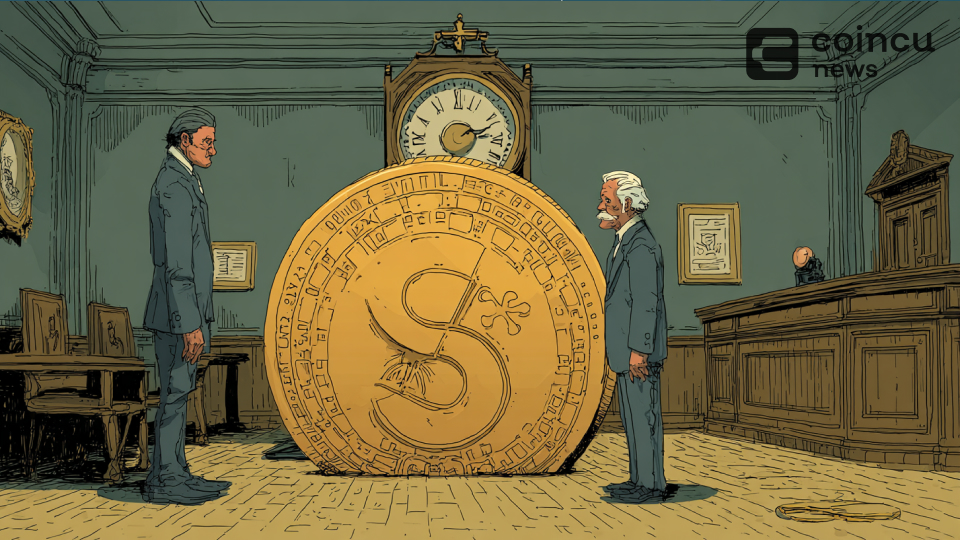$108419.498
At CoinCu News, we give both basic and in-depth articles on the latest news in the cryptocurrency and blockchain sectors.
Author
News
XRP vs SEC: Will July 10 Meeting End Ripple Lawsuit?
XRP vs SEC case draws attention as July 10 SEC meeting may address Ripple appeal.
Jul
U.S.-China Trade Talks: Uncertainty Looms Amid Unconfirmed Meetings
Despite rumors, no confirmed U.S.–China trade meetings are on docket, creating uncertainty.
Jul
Robinhood Launches Stock Token Platform in EU
Robinhood opens a stock token trading platform in the EU, attracting interest from private firms.
Jul
Truth Social Files for Crypto ETF with SEC
Truth Social initiates SEC filing for a multi-asset crypto ETF featuring Bitcoin and Ethereum.
Jul
Pakistan Forms Virtual Asset Regulator to Oversee Crypto
Pakistan establishes PVARA to regulate digital assets, aiming for compliance with international standards like FATF.
Jul
BioSig Merges with Streamex, $1.1 Billion Financing Secured
BioSig merges with Streamex, secures $1.1 billion for RWA tokenization, focusing on commodities.
Jul
Bitcoin Undervalued? $108K Surge May Just Be Starting
Bitcoin trades near $108K with Mayer Multiple at 1.1x, suggesting room for more upside in
Jul
Ripple CEO Garlinghouse to Testify Before US Senate on Digital Assets
Ripple CEO Brad Garlinghouse to address U.S. crypto regulations at a Senate hearing, focusing on
Jul
BioSig Secures $1.1 Billion for Commodity Tokenization
BioSig merges with Streamex to secure $1.1 billion for blockchain-based commodity tokenization.
Jul
[tptn_list how_old="7" limit="5" title_length="0" heading="0" show_date="0" ]
[tptn_list how_old="30" limit="5" title_length="0" heading="0" show_date="0" ]





















